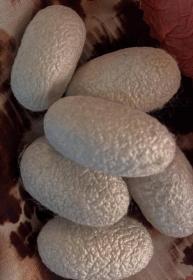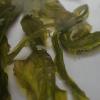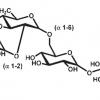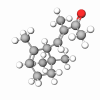Hydrolyzed silk is a fragmented silk protein, peptides, and amino acids. "Smooth as silk" is a phrase that conveys sensuousness and elegance as no other words can. It offers excellent name recognition, as well as a beautifully elegant science.
Silk is called the "princess" of fibers. The triangular geometry of protein cross-section and laminar structure exposes a pearly luster and brilliance. When light passes through the structure of silk protein, it reflects or creates a beautiful interference pattern similar to pearl, revealing unique shine and radiance.
Consisting of an average molecular weight of approximately 10,000, Hydrolyzed silk is an active film-forming ingredient. Its smoothing and conditioning properties provide improved manageability, added gloss, and better texture and body to hair. In addition, the film-forming action and moisturizing effects of Hydrolyzed silk are especially effective on damaged hair.
In skincare products, it has a protective colloid effect which helps plump up the skin and increases its ability to retain moisture. The benefits are seen as skin that looks smoother and less roughened and appears less wrinkled.About silk
Possibly no word conjures up more emotion than silk. Garments produced from this protein fiber have been held in high esteem for centuries. Silk has been prized for its feel, magic, and aura of quality.
Silk is a natural fiber produced by the larvae of the silk moth Bombyx Mori as protection during pupation while undergoing its metamorphosis from caterpillar to moth. The fibers consist of two strands made of a protein called fibroin, held together by sericin – a protein gum – which differs from the fiber in its amino acid profile by being soluble in water. The fiber can be removed from the cocoon before the moth emerges, cleaned, degummed, and used to spin silken cloth. This forms the basis of the sericulture industry.
Silk has been referred to as the “Princess of Fibers.” The pearly luster and brilliance of the fiber are a consequence of its tightly packed laminar structure. This is made possible by predominating the simpler amino acids glycine and alanine in their amino acid profile.











